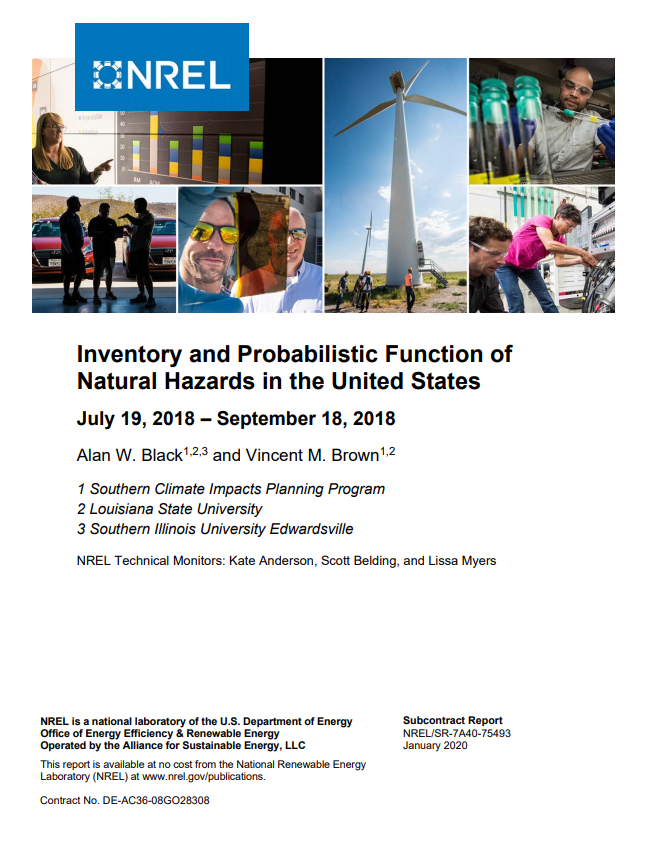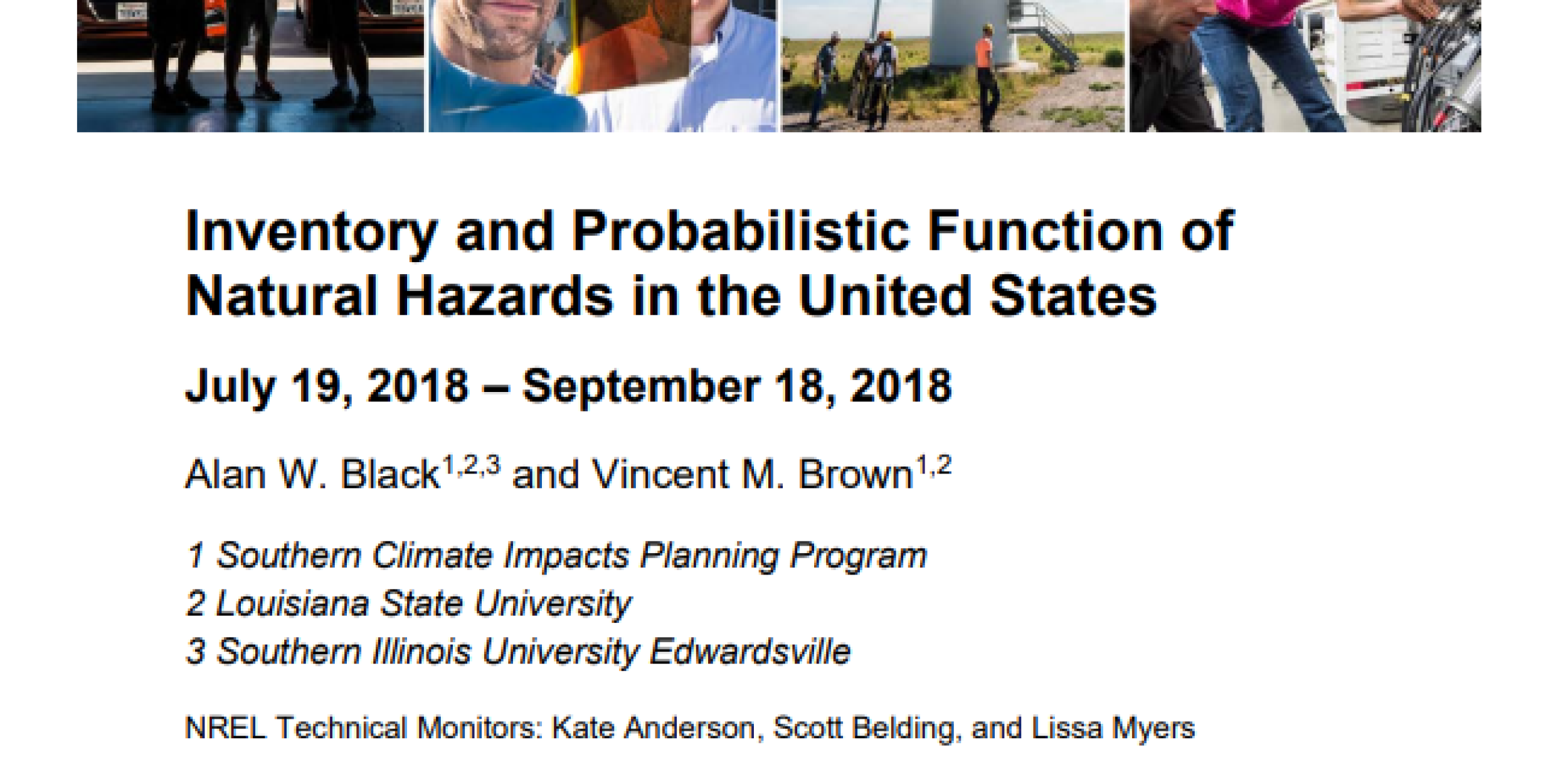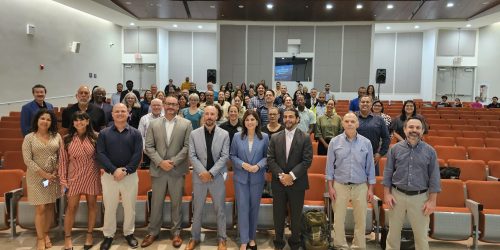

To support this effort, the Southern Climate Impacts Planning Program (SCIPP), a CPO Regional Integrated Sciences and Assessments team, was selected to provide climate science expertise to develop a comprehensive inventory and probabilistic function of natural hazards (e.g., hurricanes, tornados, flooding, and sea level rise) for the entire United States by region. The inventory of climate-related hazards and the associated likelihood scores are incorporated into a companion risk assessment tool enabling standardized comparisons of risk at sites across the country.
SCIPP’s analysis divided the United States into nine regions that correspond to the regions examined in the Fourth National Climate Assessment (NCA), released in 2018. For each region, several climate-related stressors were evaluated in broad categories, such as temperature, precipitation, and other weather conditions and hazards. Stressors were evaluated for their changes in the near- (2021-2050), mid- (2041-2070), and late century (2071-2099), relative to their occurrence in the period from the early 1900s to early 2000s, based on several different scenarios. These scenarios represent possible future climates based on global action (or inaction) to reduce greenhouse gas emissions.
Data were gathered from the Climate Science Special Report for the Fourth NCA, the Third NCA, and peer-reviewed scientific articles addressing various stressors in a changing climate. This analysis included data from two major scientific efforts to understand and model future climate: Phases 3 and 5 of the Coupled Model Intercomparison Project. Regional model data from North America (NARCCAP) were also utilized.









